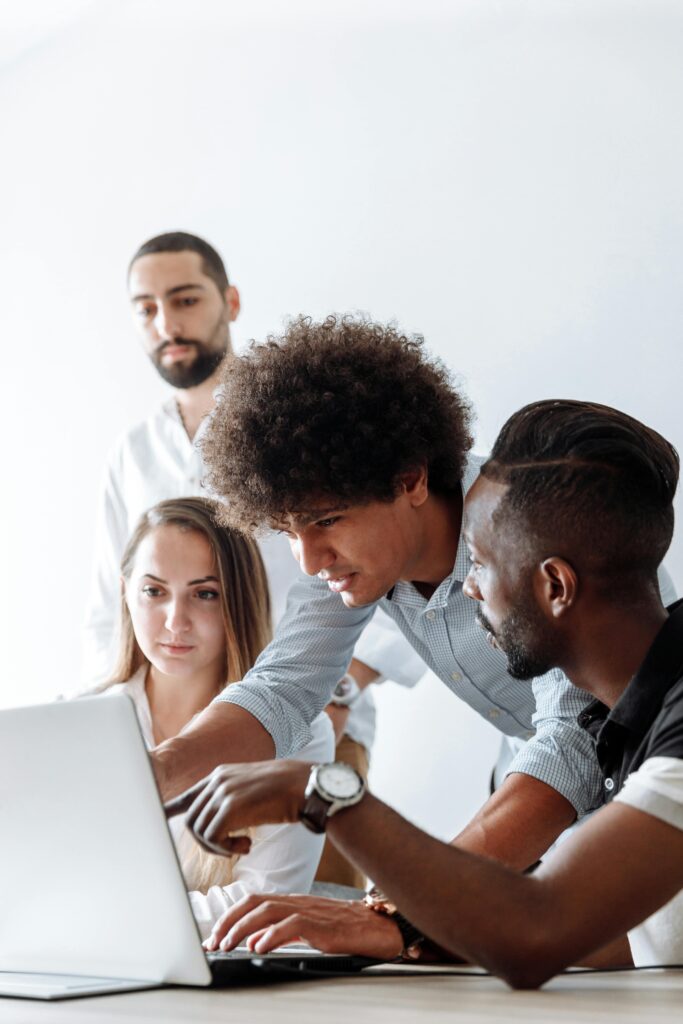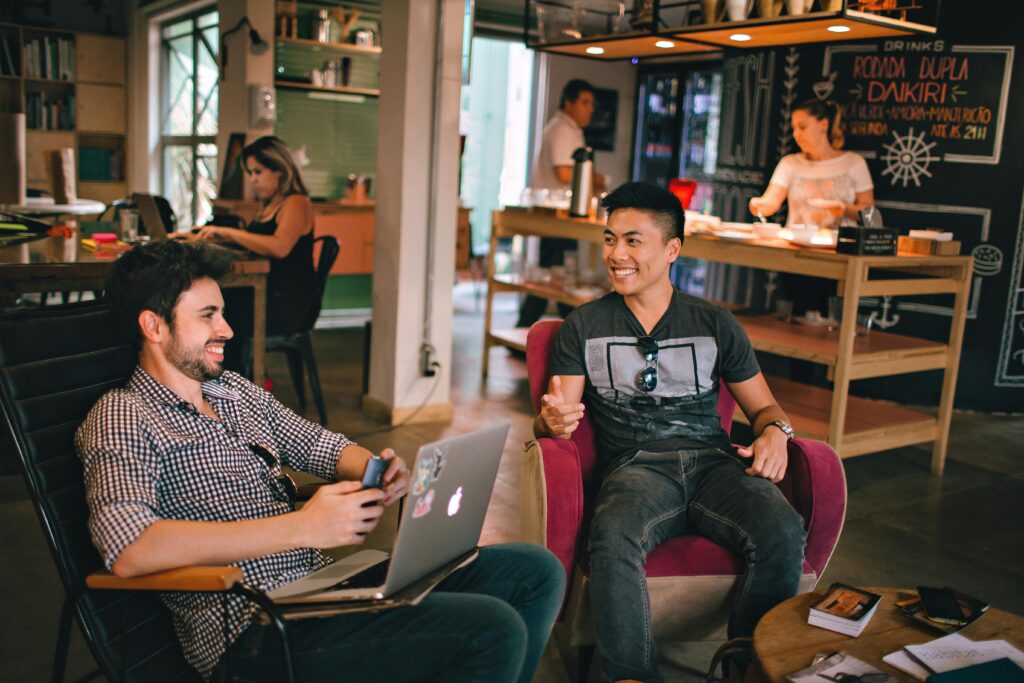What do “exposures” in social anxiety treatment involve?
Last week, we discussed how exposures help with social anxiety. This week, we continue the focus on social anxiety and exposures but more specifically, discuss two commonly used exposures for social anxiety treatments.
Let’s revisit the hypothetical case of “Amy” from last week. Recall that she experienced anxiety interacting with acquaintances and strangers, and struggled initiating interactions. She often gave in to desires to avoid what made her socially anxious. Many people have struggles like Amy. In fact, her co-worker and new friend “Adam” has very similar social anxiety struggles. Today, we will focus on Adam’s hypothetical situation. Here is some additional context:
With some encouragement from Amy who disclosed that she started therapy and getting something out of exposures, Adam decided to pursue therapy as well. Adam wanted to develop more relationships and deeper connections. However, fears of rejection, embarrassment, and negative evaluation had been major obstacles that prevented him from seeking out interactions. Given these challenges, Adam thought it was a good idea to try therapy. As Adam was new to therapy and CBT, his therapist carefully provided information on what he could expect from treatment. Adam was surprised to learn that exposures were not simply a matter of identifying anxiety provoking situations and facing them. He realized that the process was much more nuanced and planned out. In identifying situations to address in treatment, Adam found out that there were a few ways to engage with this technique.

While people might have heard about the idea of facing their fears, like Adam, it’s common to not know much else. Adam and his therapist began by identifying some social situations to address through exposures. Among them included:
- initiating conversation with colleagues, acquaintances, or strangers
- maintaining conversation with others
- inviting a friend/colleague to do something
Adam and his therapist agreed that initiating conversations as a practical situation to start addressing through exposures. They identified different ways to practice this exposure:
- initiating a conversation with a stranger while waiting or standing in line (e.g., grocery store, coffee shop, etc.)
- going to the office of a less familiar or new colleague, saying hello, and initiating a conversation
- walking up to a stranger at the bus stop and asking a question (e.g., directions)
- arriving early for a work meeting and initiating a casual conversation with a colleague
- approaching two people at work who are talking and joining their conversation
At this point, Adam and his therapist can consider how to engage in exposures. We cover two common exposures used in social anxiety treatments: in-vivo and role-play.
In-vivo exposure (i.e. live or in real life)
In the context of social anxiety treatments, in-vivo exposure refers to those focused on real life interactions with others. In-vivo exposures can be used in both individual therapy and group therapy formats.
For someone like Adam who feels highly anxious about approaching people and initiating interactions, an example of in-vivo exposure might involve repeatedly going into stores during a therapy session, approaching someone (e.g., employee, customer) and then saying something (e.g., question or comment). Sound simple? In theory, yes. However, it can be quite the challenge when one is experiencing anxiety. The idea is not for him to ask a question to an employee, get a response, leave the situation, and then be done with exposures. With the guidance of his therapist, they can discuss what occurred, how Adam felt, and figure out plans for next steps. While it might take more than a session or two, once Adam feels more confident about these situations, they can figure out how to increase the intensity of these social interactions.
Role-play exposure:
Role play is another powerful exposure technique that can be employed in individual or group therapy. Sometimes people find it a bit difficult to get into character and fully engage in role play. Still, the many benefits of role-play exposures make it worthwhile. In individual therapy, Adam and the therapist can role play social interactions within the privacy of a therapy session. Adam and the therapist can practice the same scenario many times. Additionally, Adam may benefit from the therapist’s observations and feedback.
Group therapy for social anxiety, including DC CBT’s Building Social Confidence group, makes use of role-play exposures. The benefits in this case are a bit different to those gained through individual therapy.
First, we conduct exposures in front of other group members, meaning there’s a small audience. Does that make you nervous? It’s quite understandable, but exposures being practiced in front of others is a good thing! Observing group members will learn by watching the role play unfold in front of them. During Adam’s role play, group members not taking active part can observe and hopefully learn from his interactions. Conversely, when Adam is not taking active part, he can be observing and learning from others.
Second, there is a greater variability of role-play exposures that can be practiced in group therapy. In Adam’s case, the therapist can arrange to have one or more group members take part to create a social situation. Let’s say Adam initiates a conversation with a stranger as the first part of exposure. Then, a second group member could join this interaction. Now Adam has the challenge of interacting with two people at once. This kind of variability cannot be created in individual therapy.

Third, group members can provide you feedback. Have you ever had social interactions where you wondered what other people were thinking about you? Well, you’re not alone! We’ve likely all been there at some point and it’s a particular area of challenge with social anxiety. When engaging in role-play exposures in group therapy, it’s possible to find out! After the role play ends, group members can provide feedback about their impressions of the interaction.
Final thoughts
We hope you now have more of an idea of the commonly used exposures in social anxiety treatments. In-vivo and role-play exposures can be practiced in individual therapy, as well as group therapy. Each type of exposure has its strengths and weaknesses but both create change in meaningful ways.
At DC CBT, we offer social anxiety group treatment through the Building Social Confidence group. If you’re interested in trying exposures in therapy but not ready to commit to group therapy, it’s okay. Some people find it easier to start practicing through one-on-one sessions with a therapist and then transition to group therapy if there’s still a desire to do so. DC CBT also provides social anxiety treatments through individual therapy.
Whether it be through in-vivo, role play, or some other form of exposure, if you’re struggling with social anxiety, feel free to reach out to us. We will support you and guide you through the process of starting to overcome your social anxiety.
—
1. Heimberg, R. G., Stein, M. B., Hiripi, E., & Kessler, R. C. (2000). Trends in the prevalence of social phobia in the United States: A synthetic cohort analysis of changes over four decades. European Psychiatry, 15(1), 29-37. https://psycnet.apa.org/doi/10.1016/S0924-9338(00)00213-3
2. Rodebaugh, T. L., Holoway, R. M., & Heimberg, R. G. (2004). The treatment of social anxiety disorder. Clinical Psychology Review, 24(7), 883-908. doi:10.1016/j.cpr.2004.07.007

